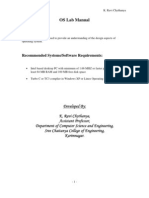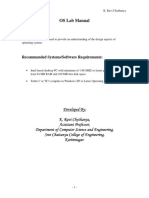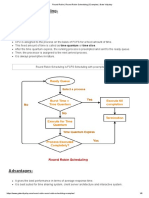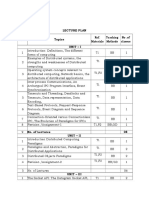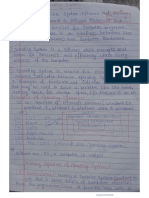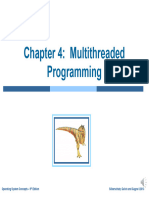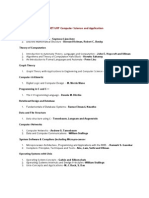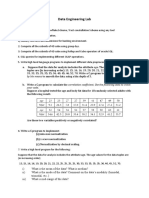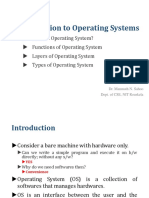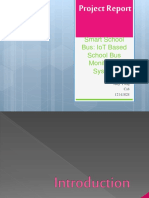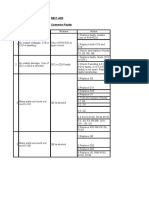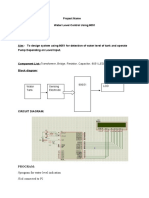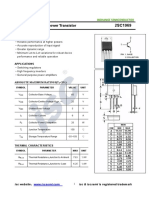100% found this document useful (1 vote)
118 views89 pagesUnit 1
The document provides an introduction to operating systems including definitions, goals, functions, views, generations and basic computer system architecture. It covers topics such as process management, memory management, file management, security management, resource management and communication management as key functions of an operating system.
Uploaded by
Game ZoneCopyright
© © All Rights Reserved
We take content rights seriously. If you suspect this is your content, claim it here.
Available Formats
Download as PDF, TXT or read online on Scribd
100% found this document useful (1 vote)
118 views89 pagesUnit 1
The document provides an introduction to operating systems including definitions, goals, functions, views, generations and basic computer system architecture. It covers topics such as process management, memory management, file management, security management, resource management and communication management as key functions of an operating system.
Uploaded by
Game ZoneCopyright
© © All Rights Reserved
We take content rights seriously. If you suspect this is your content, claim it here.
Available Formats
Download as PDF, TXT or read online on Scribd
/ 89


